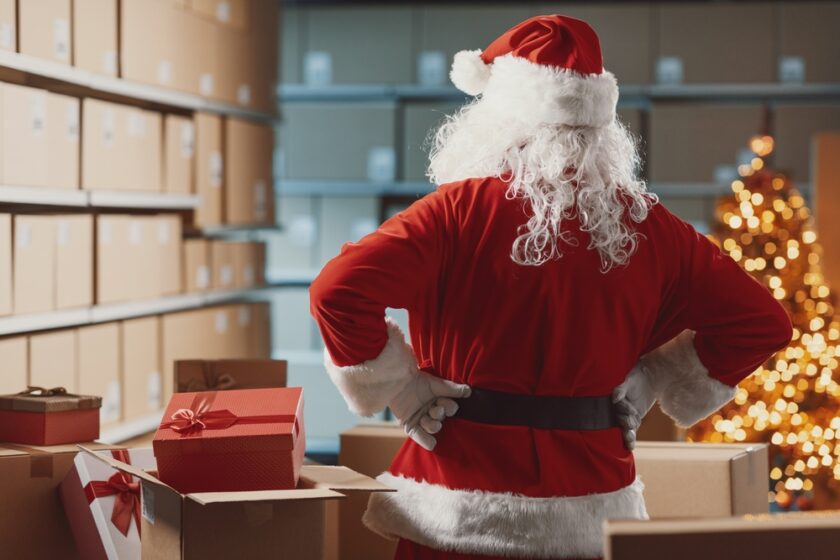SOME SAY IT was sheer coincidence when presidential candidate Mike Huckabee’s poll numbers soared in Iowa and New Hampshire a mere few weeks after Chuck Norris-endorsed, “Huck and Chuck” campaign gear was released on his Web site. Others will say it was inevitable and simply demonstrates the power of a quality promotional product. What can’t be argued, though, is the fact that promotional products go with politics like peas go with carrots.
Fittingly, the first political product actually coincided with the first President of the United States, George Washington, who wore a political button during his inauguration on April 30, 1789 in Manhattan. His was one of the 70 or so known styles of buttons to be made for the event. While these early buttons—often made from wood, cloth and tin—are a far cry from the lenticular, embossed, light-up lapel adornments of today, they started a trend that is only growing larger each year. So, with the advances in technology and communication, political campaigns raise millions upon millions of dollars for ad buys, campaign staff, constant travel and of course, promotional products.
In national and high-profile campaigns, the increase in funds and full-time staff leads to a trend of higher-end and more diverse campaign products. There are still the staples: yard signs, bumper stickers and buttons, but gone are the days when a plain T-shirt with a candidate’s message in red, white and blue block letters would suffice. Now, fitted T-shirts in designer colors litter the campaign trail. Candidates target their donors demographically, the same way any distributor would approach an end-user. The Obama Store offers up the “Women For Obama Rib Ladies Tank w/Spaghetti Strap,” which is available in his youth-targeted “Gear For Less” section. Other candidates are branching out as well. Romney offers cuff links. Edwards touts duffel bags and totes. And, well, Kucinich is offering Palm Beach County voting machines containing actual Palm Beach County chads (not sure if they’re imprinted, though).
While apparel and novelty items always are a draw, accessories certainly can be strong choices for political promotions. Kelly Grant, vice president of business development at Sonoma Promotional Solutions, Sonoma, Calif., talked about the rise of the popular awareness bracelets in politics. “It’s interesting how the awareness theme of silicone bracelets carried over into the political venue,”
she said. “The bracelets were initially used to raise awareness for health-related causes, but I think because they are such an inexpensive giveaway, it’s been a neat way to get campaign messages out there.” Grant was also quick to add, “Of course, lapel pins are a traditional choice and are still strong sellers. Every candidate wears some sort of pin on their lapel. And it makes news when they don’t!” A lesson candidates often learn at quite a price (sorry, Barack).
For the smaller, more local campaigns it seems that not much has changed, or at least not so drastically. According to Carol Muller, owner of the Denver, Pennsylvania-based Proforma APC distributorship, and whom has managed several political campaigns, the basics still apply: polybag signs, campaign buttons, nail files, pencils and rulers. For her, a first big hit was a small coin purse with a clock log and the slogan, “It’s time for a change.” She pointed out how items in smaller campaigns are valuable in keeping up regular communication with voters. “The message was consistent,” Muller said. “The incumbent had been in office 16 years and [my candidate] started his campaign as a write-in, and [we] won.”
When asked what this successful campaigner would say to other distributors wanting to break into the political market, Muller advised, “Be involved with your community. Read the paper and keep yourself apprised [on] what is going on.” She also stressed staying in tune with the yearly local election cycles so distributors could contact candidates at the beginning of the campaign. “Try to start from the top and contact the candidates themselves,” she said.
While the campaign trail can be a cash cow, Muller warned, because of such a deadline-oriented process, there is a large amount of stress in supplying products. “The smaller candidates don’t know if they have the funds until they have them. Then everything has to get done [fast],” she explained. For her at least, the promotional product part was by far the most enjoyable.
Lastly, Muller added good old-fashioned sales advice for distributors talking to candidates, “When you’re selling the idea, not the product, price isn’t the issue anymore.” Advice some candidates may want to take to heart before heading off to Washington.



